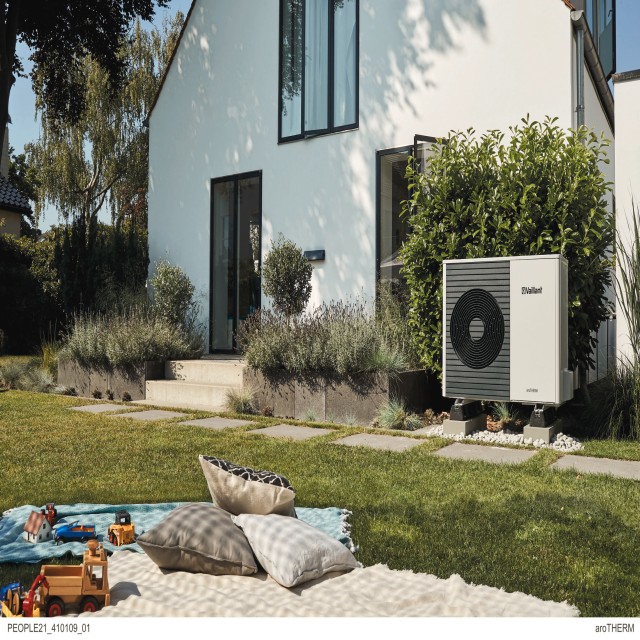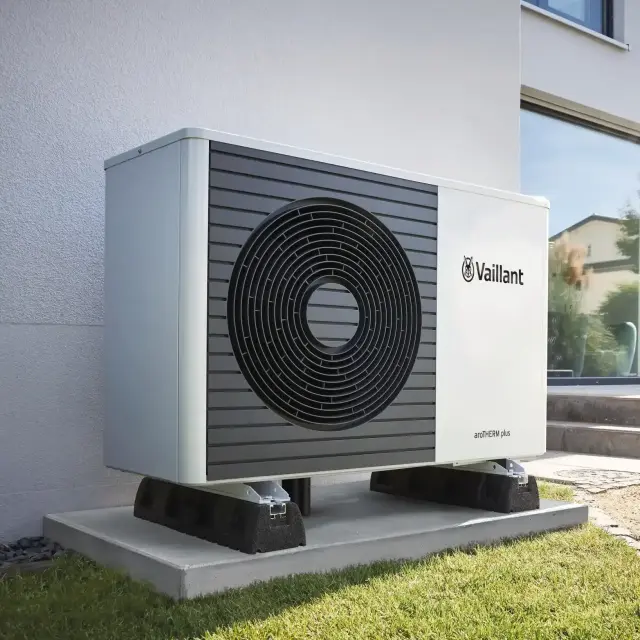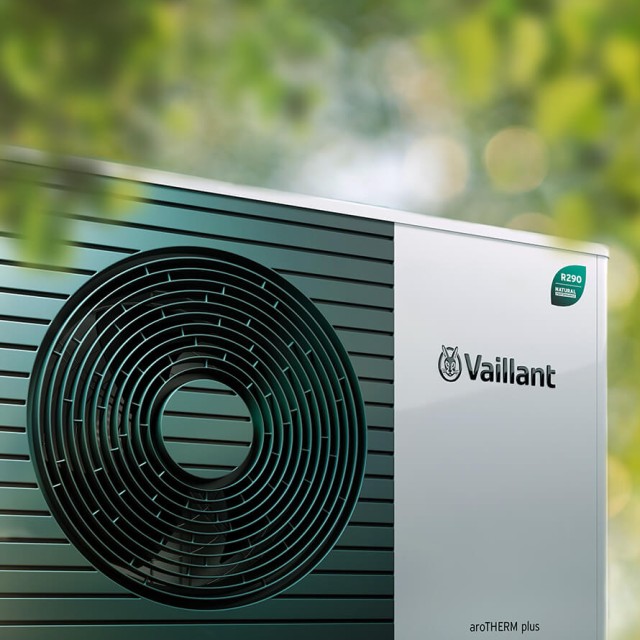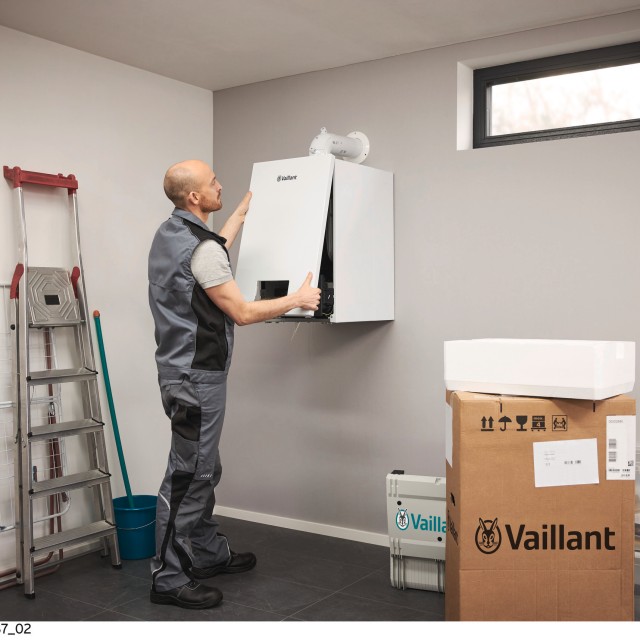A personal choice Your new home. Your new heating.
Just like in many other things, inner values are the secret to lasting happiness in your new home, too. As your heating affects all its areas, you should carefully choose it according to property and building conditions as well as to your personal requirements. But that’s easier said than done, taking into account the vast array of possible options:
- Do you prioritize lower initial expenses or reduced operating costs and sustainability?
- What are the pros and cons of the different technologies and its combinatory options?
- Which solution is best as legislations, energy prices and ernergy supplies are changing?
- How about the additional production of electricity using photovoltaics?
- And how do property and building conditions limit choices or favor certain solutions?
In terms of comfort, flexibility, future-proofness and efficiency, innovative heating technologies are second to none – but come at higher initial costs. Gas condensing technology on the other hand is initially more cost-efficient and upgradable later on to fulfil legal standards and match with your personal preferences.
To have your new home meet your expectations in every aspect, it is essential to find precise answer to these and many more questions from the outset. And that’s why we’re here to help!







